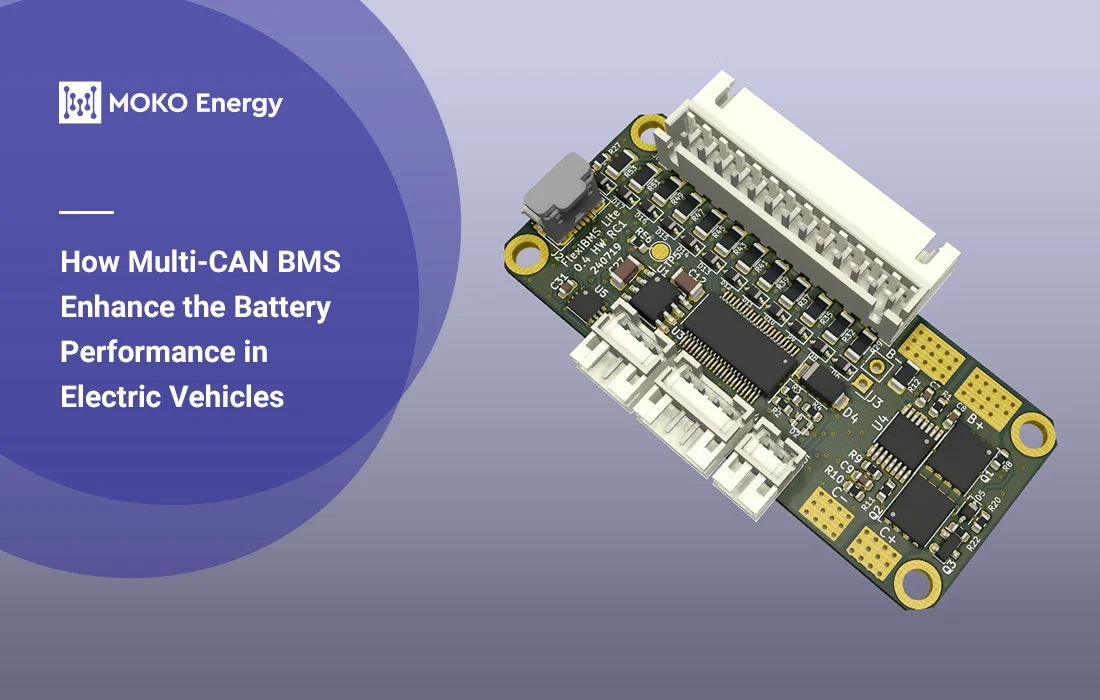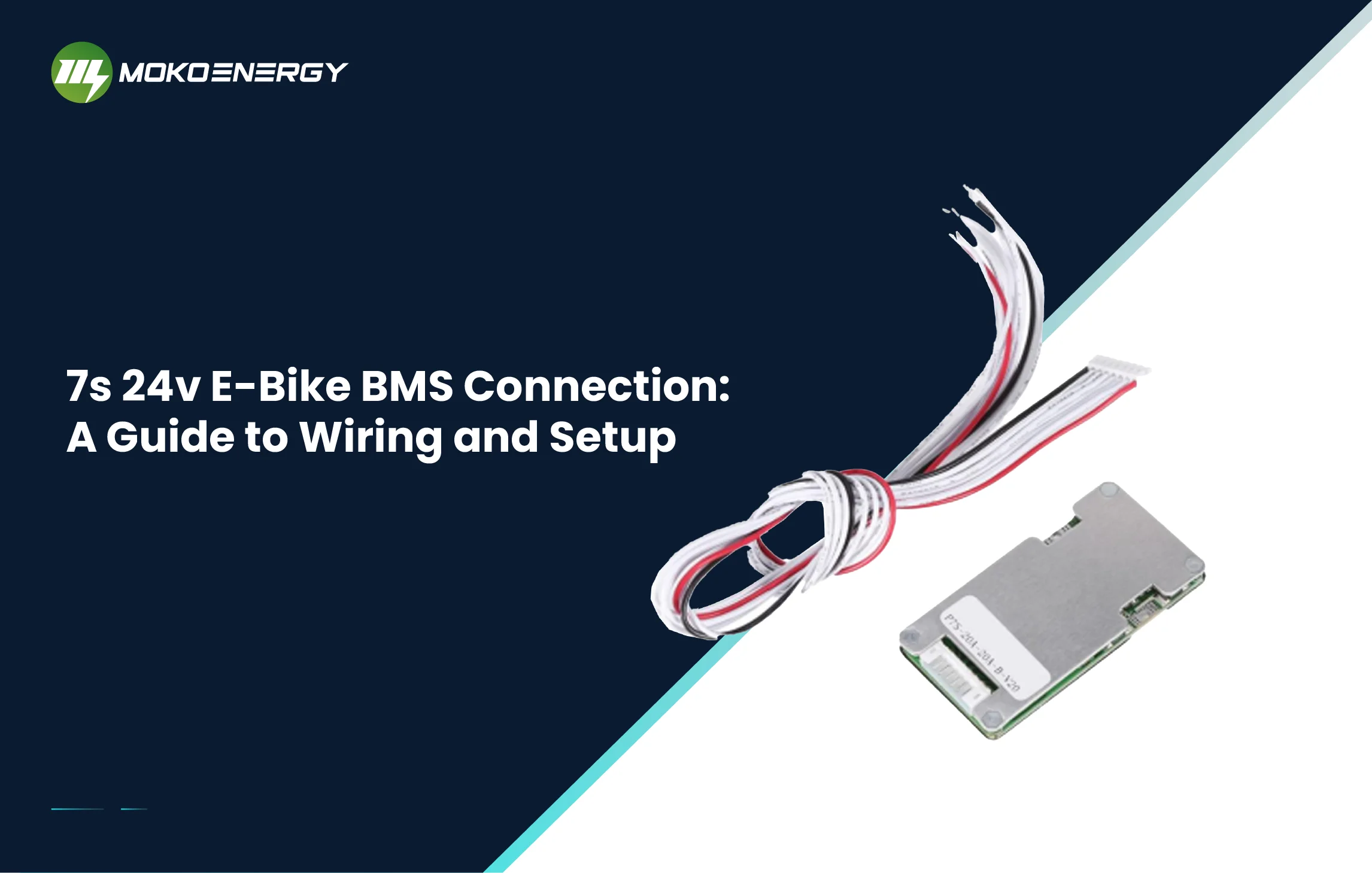Battery Management Systems (BMS) are the central nervous system for electric vehicle battery packs, meticulously monitoring parameters like voltage and temperature to ensure optimal performance, efficiency, safety, and longevity. As electric vehicles evolved in complexity, traditional single-Controller Area Network (CAN) BMS faced challenges keeping pace, struggling to manage intricacies in modern high-performance designs. This gave rise to Multi-CAN BMS – utilizing multiple linked controllers to enhance communication, data processing capability, and overall system robustness compared to predecessor technologies. Multi-CAN BMS represents a paradigm shift, allowing much more sophisticated orchestration and responsiveness in battery management.
By exploring specifics around Multi-CAN BMS functionality, this article illuminates how its nuanced approach lifts electric vehicle power systems to unprecedented levels of efficiency. Delving into the technology’s intricacies reveals the transformative impact it could hold for driving sustainability through improved electric vehicle adoption in the transportation sector. We will explore how Multi-CAN BMS addresses the rising complexity of electric powertrains. Its dynamic communication and coordinated data optimization promise huge gains in safety, longevity, efficiency, and performance – helping realize electric mobility’s environmental potential.
What is a CAN?
To comprehend the significance of Multi-CAN BMS, it’s essential to first grasp the fundamentals of Controller Area Network (CAN). CAN is a robust communication protocol widely employed in vehicles for real-time data exchange among electronic control units (ECUs). Initially, BMS relied on a single-CAN configuration, where a solitary controller managed communication within the battery system.
CAN is a widely utilized communication protocol in various industries, ranging from automotive to industrial control. CANs play a crucial role in electric vehicle (EV) battery management systems. These networks facilitate communication between the electronic components of an electric vehicle and the battery, ensuring seamless information exchange. Integration of CANs in electric vehicle battery management guarantees the harmonious operation of the battery and the host vehicle or charging system, facilitating the exchange of essential data.
Within the Electric Vehicle Battery Management System (BMS), sensors monitor the battery’s state on both cell and pack levels, manage power output, and optimize individual cell performance. CANs establish connections between the BMS, battery sensors, and electric vehicle controls and indicators.
An inherent advantage of incorporating CANs in BMS for electric vehicles is the real-time communication capability among different components of the vehicle/battery/charging system. This real-time exchange is pivotal for ensuring the safe and efficient operation of the electric vehicle. For instance, the BMS can monitor the battery’s state of charge and transmit this data to the electric vehicle controller. Subsequently, the controller can adjust the power output to optimize the electric vehicle’s performance.
Key data received by an electric vehicle through a CAN-integrated battery includes temperature and voltage at both cell and pack levels. The BMS utilizes information from battery sensors to dynamically adjust the battery’s charging rate and issue alerts to the driver if the battery approaches a low state of charge.
How Multi-CAN BMS Works in EV
The evolution from single-CAN to multi-CAN architecture represents a strategic response to the growing complexities of electric vehicle technology. In a multi-CAN setup, multiple controllers collaborate seamlessly, distributing the workload and fostering enhanced communication between various components. This departure from the traditional single-CAN approach is akin to upgrading from a basic telephone system to a sophisticated, interconnected network, enabling faster and more efficient information exchange.
Multi-CAN represents an evolutionary response: instead of one network, there are now multiple CAN networks running in parallel to handle the growing data demands. For example, there may be separate high-speed CAN networks for powertrain control, body control, infotainment, and diagnostics functions. This allows different networks to have specialized configurations and isn’t hampered by any single point of failure. Multiple controllers now collaborate seamlessly, accessing other networks as needed, rather than the entire architecture being bottlenecked through a single network.

This is analogous to the evolution from simple telephone systems to complex interconnected networks. Multi-CAN enables vehicles to have faster data speeds, enhanced connectivity, and more reliable control. Specific functions no longer have to compete for limited bandwidth on a single overwhelmed CAN bus. Just as phone networks evolved from party lines shared by entire neighborhoods into fast digital networks connecting billions, vehicle networks have transformed from basic single-CAN into advanced integrated multi-CAN systems – an architectural revolution enabling the modern vehicle.
Key Features of Multi-CAN BMS
Enhanced Communication and Data Exchange
A Multi-CAN BMS uses multiple Controller Area Network (CAN) communication buses to connect the battery system components. This improves the speed and bandwidth for data exchange between components like battery modules, sensors, and controllers.
Improved Real-Time Monitoring and Control
The multi-CAN architecture allows for real-time monitoring of battery parameters like voltage, current, temperature, etc. for individual cells/modules. This enables prompt control and balancing decisions by the BMS.
Fault Tolerance and Reliability
With multiple CAN buses, the failure of one bus does not affect the overall system. Critical information is redundantly transmitted over different buses making the BMS resilient to partial failures.
Scalability for Future Advancements
Additional battery modules, sensors, and controllers can be conveniently added to the existing CAN buses as per future vehicle upgrades or battery scaling requirements. This makes the multi-CAN BMS highly scalable.
The features above enable an advanced BMS with improved performance, safety, reliability, and ability to handle large battery systems in next-generation electric vehicles.
Advantages of Multi-CAN in BMS for Electric Vehicles
The advantages of Multi-CAN BMS are manifold. Multi-CAN networking enhances performance, reliability, and flexibility and supports the complex monitoring and control demands of modern BMS designs in electric vehicles. Following is the table of Multi-CAN BMS advantages:
| Advantage | Description |
| Improved reliability and redundancy | With multiple CAN networks, a single network failure will not disrupt communication |
| Segregation of critical and non-critical data | Time-critical data separated on higher priority networks |
| Higher overall bandwidth | Distributing data across multiple networks increases the total bandwidth |
| Flexibility for future upgrades | Additional CAN networks can handle new measurement parameters and features |
| Improved error detection | Error counters can better isolate faults using data from multiple buses |
| Support for modular battery packs | Separate intra-module and inter-module CAN networks for modular architectures |
Conclusion
As explored throughout this blog, the crucial role played by BMS in safeguarding and optimizing battery health cannot be overstated. The traditional challenges faced by single-CAN BMS in meeting the evolving demands of modern electric vehicles have found a compelling solution in multi-CAN architecture. As we witness the continued evolution of electric vehicle technologies, it is clear that innovations like Multi-CAN BMS are instrumental in shaping a sustainable and efficient future for electric mobility. Manufacturers, engineers, and users alike can anticipate a future where electric vehicles are not only environmentally conscious but also equipped with cutting-edge technology to ensure longevity, reliability, and optimal performance.






